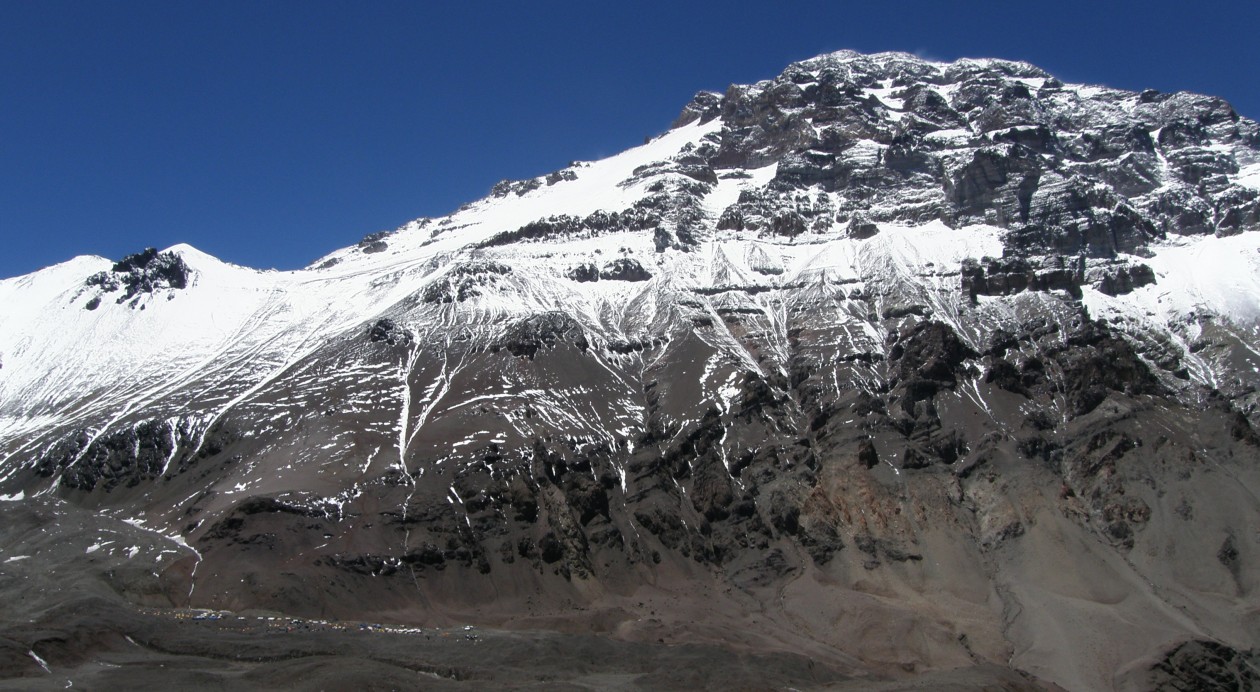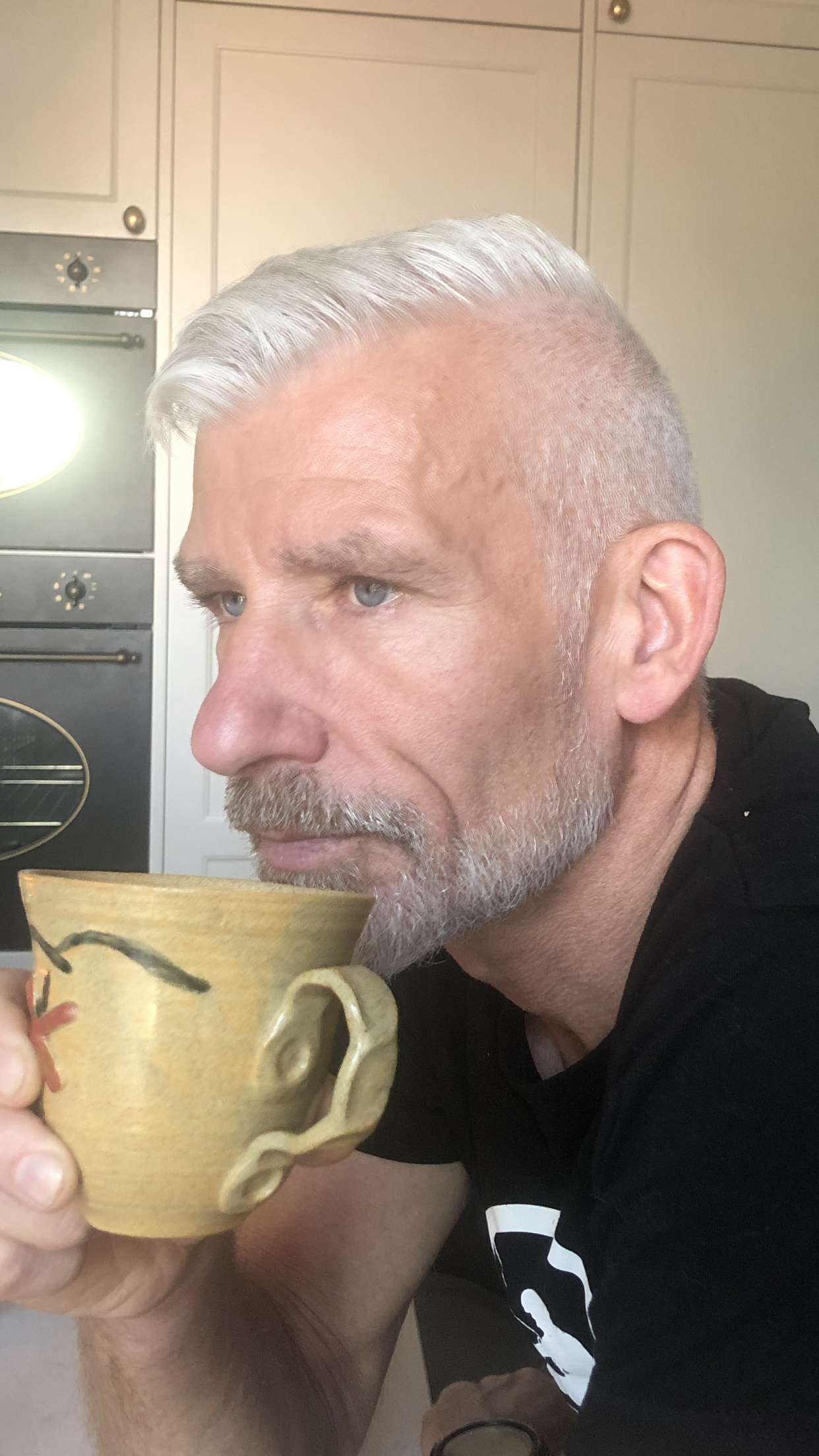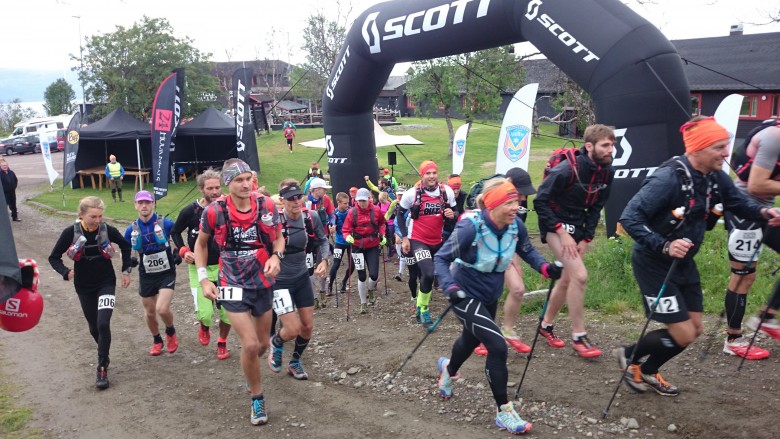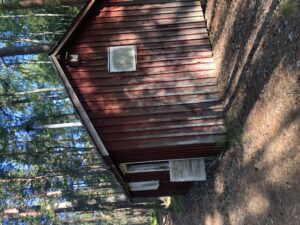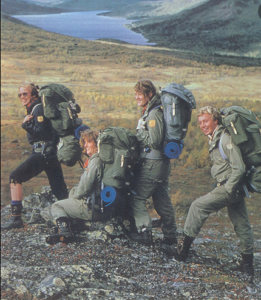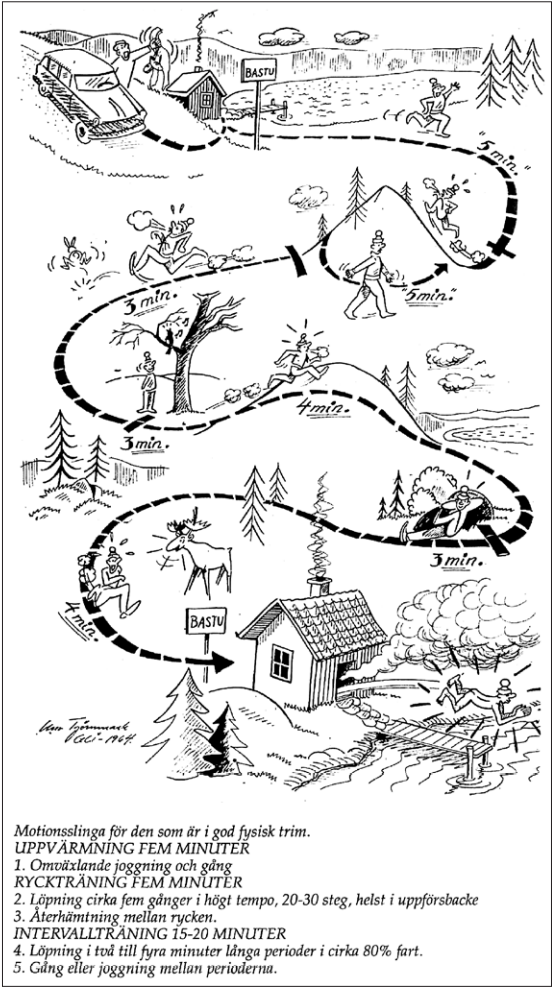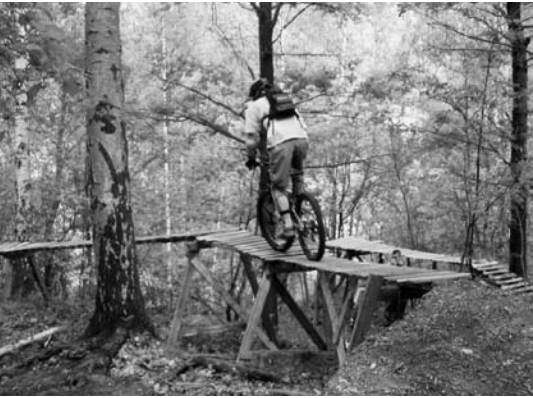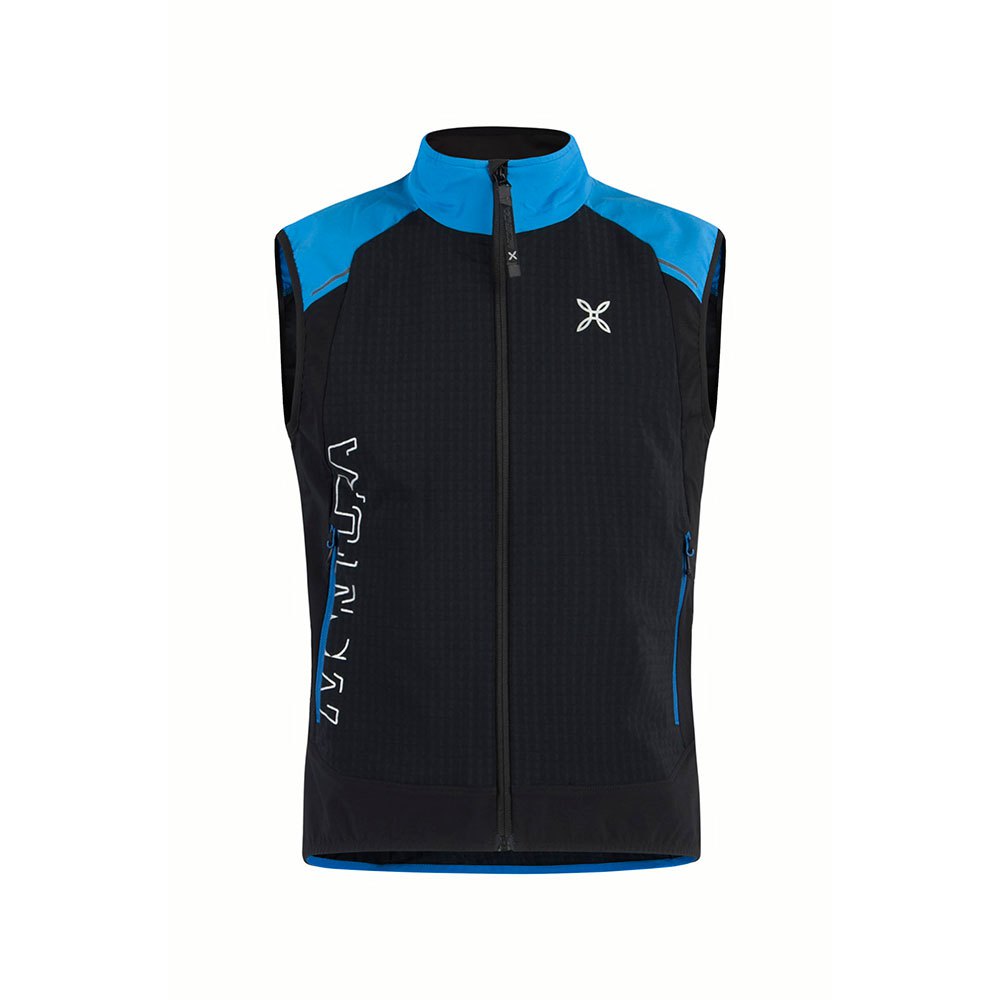Last week the blog was about the art of guiding in general and judgement in particular. And it was six areas about this; What I take in, Who and what I trust, What I know about this, What I feel and believe, My choice and at the end Delivery. So here follows how you can improve all this areas.
- What I take in. When listening and reading, be aware of your own information filters – make sure you are not just getting what you like to hear or see. Secure the consistence of the information. If the quality of the information you receiving isn’t good enough don’t hesitate to demand improvements.
- Who and what I trust. Ask yourself how much you know about the source of the information you are taking in and about the source you getting it from. How credible are they?
- What I know about Keep a track record of your judgement for what went wrong and wright. Identify lessons that you learn from decisions taken at times of stress. Look for broader experience to build understanding an knowledge in areas where your judgement could be tested in the future.
- What I feel and believe. At least understand, and if possible mitigate, your own biases. Check your understanding of these with someone independent of your viewpoint, such as a coach or mentor. Be aware of the values that needed, or might preclude you from pursuing certain decisions or courses of action.
- My choice. Check the way a choice has been framed for mistakes, biases or omissions. Ensure there is a risk assessment. Consider preparation for the choice. Prior meetings to review and clarify issues can help take the pressure off the final decisions. Pre-mortems can help anticipate what might go wrong further down the line.
- Delivery. Consider your own relevant delivery experience and that of those making the recommendations to understand feasibility and associated risk. Check the evidence and implications of the proposed speed of action, being explicit about trade-offs between time and cost.
And at the end always thing of: Think critically, and tackle ambiguity and complex problems effectively and efficiently. Listen, respect others and appreciate diversity in all its forms. Surround yourself with highly-regarded people. Communicate clearly and effectively. Act with purpose and intention.
 (the back pack for the upcoming guide session) I will try to use all this thoughts and guidelines in practice in my upcoming guiding session. My result will be in the next blog. So time to go to Lapland and Kebnekaise…
(the back pack for the upcoming guide session) I will try to use all this thoughts and guidelines in practice in my upcoming guiding session. My result will be in the next blog. So time to go to Lapland and Kebnekaise…
Real nice tribute for Jämtland:
Min Hyllning Till Jämtland – YouTube
See ya soon
